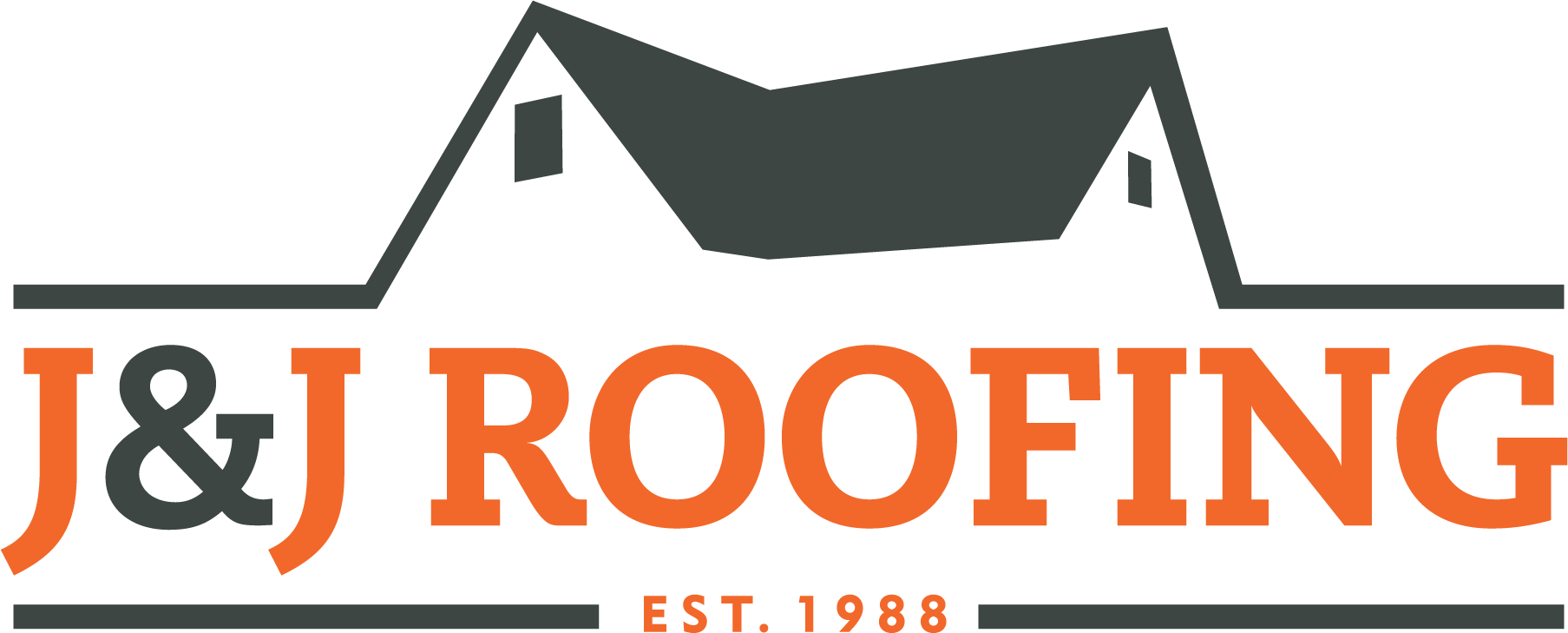Roofing Solutions for Extreme Weather: Protection & Preparation
Quote RequestRoofing Solutions for Extreme Weather: Protection & Preparation
When extreme weather hits, the roof over your head becomes your first line of defense. It's what keeps you, your family, and your possessions safe from the elements.
But how can you ensure your roof is up to the challenge? In regions prone to extreme weather, selecting the right roofing material and ensuring proper installation are crucial steps in safeguarding your home.
Asphalt shingles, for instance, offer versatility and durability, making them a popular choice for many homeowners. However, not all shingles are created equal, and understanding the differences can help you make an informed decision.
This article will delve into the various options available and highlight the importance of choosing materials designed to withstand harsh conditions.
Designing Roofs for High Wind Resistance
Roofs designed for high wind resistance are a critical consideration in areas prone to severe weather events, such as hurricanes and tornadoes. The structural integrity and design specifics of a roof can dramatically affect its ability to withstand high winds.
Material Selection & Installation
The choice of roofing material and the precision of its installation play pivotal roles in a roof's wind resistance.
Asphalt shingles, metal roofing, and concrete tiles are among the materials known for their durability and resilience against high winds.
However, their effectiveness is significantly influenced by the quality of installation. Special techniques, such as using wind-resistant nailing patterns and securing the perimeter with enhanced edge fasteners, can prevent wind uplift, which is a common cause of roof failure during storms.
Architectural Design Considerations
The shape and slope of a roof also contribute to its wind resistance. Aerodynamic designs, such as hip roofs with four slopes, are more effective at dispersing wind forces compared to gable roofs, which have two slopes and can act as sails in high winds.
Incorporating additional structural supports, like truss bracing, and ensuring the roof deck is securely attached to the walls can further enhance a roof's ability to resist wind uplift and shear forces.
Building Codes & Standards
Compliance with local building codes and standards is essential for ensuring roofs are built to withstand expected wind speeds in a given area. These regulations often dictate the minimum requirements for materials, design, and construction practices.
Homeowners and builders need to stay informed about these codes, as they are regularly updated to reflect the latest research and technology in wind-resistant construction.
Waterproofing Techniques for Heavy Rainfall Areas
Effective waterproofing techniques are vital for roofs in areas subjected to heavy rainfall. The goal is to prevent water ingress that can lead to structural damage, mold, and mildew. Certain techniques not only enhance the roof's ability to repel water but also extend its lifespan and ensure the safety and comfort of the inhabitants.
Choice of Roofing Materials
The selection of waterproof roofing materials is crucial. Asphalt shingles, metal roofing, and rubber roofing are known for their water-resistant properties.
Additionally, the application of waterproof underlayment beneath the roofing material provides an extra barrier against water penetration.
The use of sealants and coatings, especially in joints and vulnerable areas, further enhances the roof's waterproofing capacity.
Protective Layers & Installation Practices
Installing additional protective layers, such as underlayment and waterproof membranes, is essential in regions experiencing frequent heavy rains. These layers work together with properly installed and maintained gutters and downspouts to direct water away from the roof and foundation.
Proper installation practices, including the sealing of vents, chimneys, and skylights, are critical to preventing leaks and ensuring comprehensive waterproofing.
Regular Maintenance & Inspections
Routine maintenance and regular inspections are key to sustaining the waterproof integrity of a roof. This includes clearing debris from gutters and downspouts, inspecting for and repairing any signs of wear or damage, and ensuring all roofing components are in good condition.
Preventative measures, like trimming overhanging branches, can also protect the roof from damage that could compromise its waterproofing effectiveness.
Heat-Resistant Roofing Materials for Hot Climates
In hot climates, selecting the right roofing material is crucial for maintaining a comfortable indoor temperature and reducing cooling costs. Understanding the options can help homeowners make informed decisions that lead to long-term savings and improved comfort.
Reflective Roofing Materials
Materials such as cool roofing tiles, metal roofing, and reflective paint are designed to reflect more sunlight and absorb less heat.
Cool roofing tiles, made from clay, slate, or concrete, are treated with a reflective coating that significantly reduces heat absorption.
Metal roofs, with their high reflectivity and emissivity, can also keep homes cooler. Additionally, applying reflective paint or coatings to existing roofing materials can improve their heat resistance.
Green Roofs & Roof Gardens
Installing a green roof or roof garden is an innovative way to combat the heat. These roofs are covered with vegetation, which provides natural insulation and cools the building by absorbing heat.
Green roofs also reduce stormwater runoff and improve air quality, offering both environmental and energy-saving benefits.
Energy-Efficient Shingles
Certain asphalt shingles are designed to be energy efficient, featuring specially designed granules that reflect solar energy. These shingles help reduce the heat entering the attic, thereby keeping indoor temperatures more stable and reducing the reliance on air conditioning.
Snow & Ice: Best Practices for Roof Durability
Managing snow and ice accumulation is crucial for maintaining roof durability in cold climates. Here are the best practices for preventing damage caused by heavy snow loads and ice dams, which can compromise the structural integrity of your roof and lead to leaks.
Proper Insulation & Ventilation
Adequate attic insulation and ventilation are key to preventing ice dams. Insulation keeps heat from escaping through the roof, while ventilation removes the heat that does escape, keeping the roof's surface uniformly cool to prevent melting snow from refreezing at the roof's edge.
Snow Removal Techniques
Regularly removing snow from the roof, especially after heavy snowfall, can prevent excessive snow load, which can strain and potentially damage the roof structure. Special tools like roof rakes can be used to safely remove snow without damaging the roofing material.
Installing Ice & Water Shields
Ice and water shields are membrane materials installed under the roofing material. They create a waterproof barrier in the most vulnerable areas, like the eaves and valleys, to prevent water from ice dams from seeping into the home.
Emergency Roofing Services: What to Expect
When facing a roofing emergency, such as sudden leaks or damage from a storm, knowing what to expect from emergency roofing services can provide homeowners with peace of mind. This section outlines the process and key considerations when seeking urgent repairs to ensure swift and effective resolution of roofing issues.
Rapid Response & Assessment
Emergency roofing services prioritize quick response to prevent further damage to your property. Initial contact is followed by a prompt assessment to evaluate the extent of the damage. This assessment is crucial for planning the necessary repairs or temporary solutions to protect your home.
Temporary Solutions & Planning
Before permanent repairs can be made, temporary solutions, such as tarping, may be applied to prevent additional water damage. These measures provide immediate protection while a more detailed repair plan is developed.
Comprehensive Repairs & Follow-Up
After stabilizing the situation, emergency roofing services focus on comprehensive roof repairs to restore the roof's integrity. High-quality materials and techniques are used to ensure lasting results. Follow-up services may include further inspections to confirm the effectiveness of the repairs and maintenance advice to prevent future issues.
Protect Your Roof & Home With J&J Roofing
J&J Roofing specializes in providing comprehensive roofing solutions tailored to withstand extreme weather conditions. With a focus on high wind resistance, waterproofing techniques, heat-resistant materials, and strategies for combating snow and ice, J&J Roofing offers expert services that ensure durability and protection.
Whether it's selecting the right materials, implementing innovative designs, or providing emergency repairs, our experienced team is equipped to meet the unique challenges presented by extreme weather, ensuring your home remains safe and secure throughout the year. Reach out to us by calling 586-300-5714.
J&J Roofing



